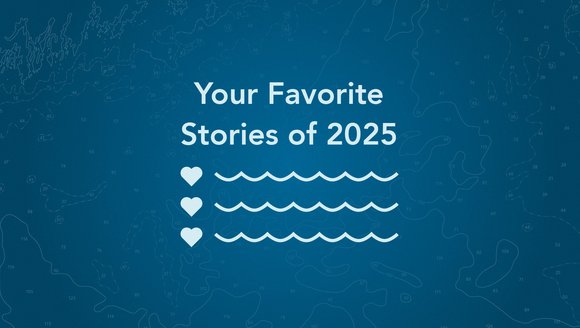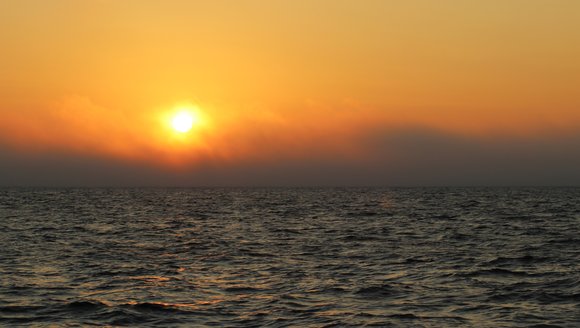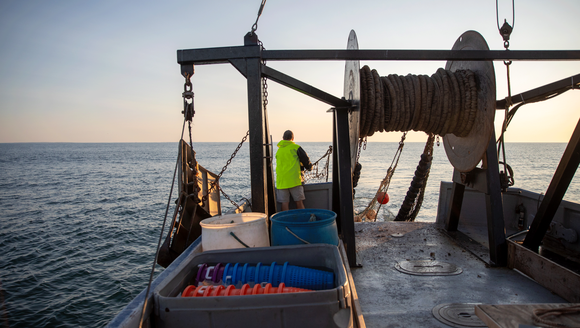Bluefin Blitz
Announcements | Dec 31, 2017
Each summer, things get pretty fishy around our lab when it's time for the Sturdivant Island Tuna Tournament. Our researchers partner with fishermen to collect the heads of landed fish throughout the year, and our participation in the tournament is part of a broader effort to collect samples.

Research Scientist Dr. Walt Golet serves on the tournament’s board and is also one of the weighmasters for the event, which celebrated its 20th anniversary this year. Dr. Golet is jointly appointed with the University of Maine School of Marine Sciences and the Gulf of Maine Research Institute.
“As one of the weighmasters, my job is to certify the weights of all the landed fish,” said Dr. Golet. “In addition, of course, we get some valuable samples.”
Back in the lab, the researchers extract the otoliths from these fish to answer questions about their age and origin. Dr. Lisa Kerr, who works with this data to model Bluefin distribution, explains the value of this data in a recent video:
Brenda Rudnicky, a graduate research assistant in Dr. Golet’s lab summarized a “crazy” field season in an update to staff this fall:
“This field season was certainly a crazy one. With only a few (roughly 40) fish trickling in during June, July took a turn as we sampled around 700 fish in just 30 days! A few more months and two fishery closures later, we ended the season on October 5th sampling a whopping 1,400 fish! To put this in perspective, the 2016 season barely broke 1,000 fish, though lasting into the first week of November.”
Despite its culinary popularity, several misconceptions surround Bluefin. In November, Dr. Golet and Dr. Kerr presented a Sea State Lecture entitled “Tuna, Debunked: Myths and Misconceptions About Atlantic Bluefin Tuna.” In their presentation, they discussed their research and dispelled some common myths.
2017 was a big year for Bluefin, and that work will continue in the years to come. Stay tuned for more tuna stories as our scientists contribute to our collective understanding of this important Gulf of Maine species.



